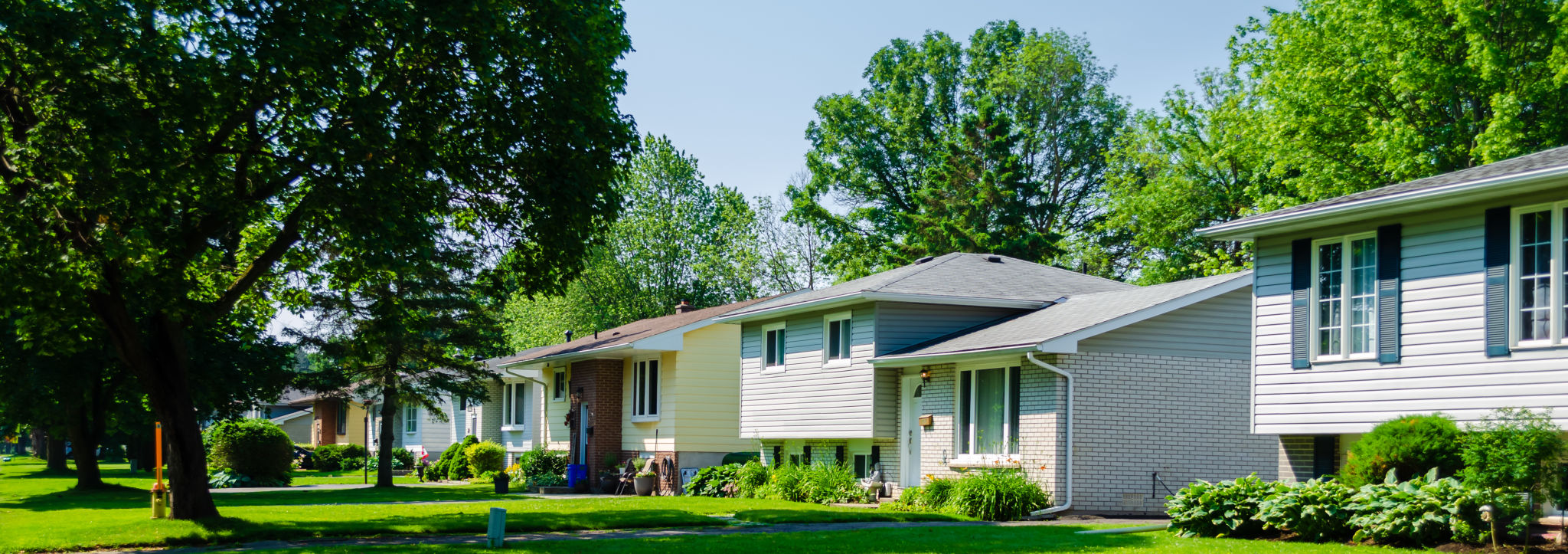Comparing Multi-Family Real Estate Investments: Urban vs. Suburban
Introduction to Multi-Family Investments
Investing in multi-family real estate can be a lucrative venture, offering steady cash flow and potential tax advantages. However, one of the crucial decisions investors face is choosing between urban and suburban locations. Both have unique benefits and challenges that can significantly impact investment outcomes.

Understanding Urban Multi-Family Investments
Urban areas are often bustling with activity, providing a vibrant environment for multi-family investments. These locations usually offer high demand for rental properties due to the concentration of jobs, entertainment, and education facilities. As a result, urban properties can often command higher rental rates.
Advantages of Urban Investments
Accessibility and Convenience: Urban properties are typically located near public transportation, making them attractive to renters without vehicles. Additionally, proximity to workplaces and amenities adds to their appeal.
Urban areas tend to have a higher population density, ensuring a consistent pool of potential tenants. This can lead to lower vacancy rates and more stable rental income over time.

The Suburban Investment Landscape
Suburban areas offer a different set of advantages, especially for investors seeking more space and potentially lower entry costs. While they may not have the same level of demand as urban areas, suburban investments can offer unique opportunities for growth.
Perks of Suburban Investments
Affordability: Suburban properties often come with a lower price tag compared to their urban counterparts, making them more accessible for first-time investors. This can also result in a higher return on investment when managed effectively.
Suburban areas frequently provide a quieter, family-friendly atmosphere, attracting long-term tenants looking for stability and community. This can lead to longer lease agreements and reduced turnover costs.

Market Trends and Considerations
In recent years, shifts in market trends have influenced the attractiveness of both urban and suburban investments. The rise of remote work and changing lifestyle preferences have contributed to increased interest in suburban living, providing new opportunities for investors.
When evaluating potential investments, consider factors such as local economic conditions, population growth, and infrastructure developments. These elements can greatly affect property values and rental demand in both urban and suburban settings.
Final Thoughts
Ultimately, the choice between urban and suburban multi-family real estate investments depends on individual goals and risk tolerance. Urban areas may offer higher rental yields, but they come with increased competition and potentially higher costs. On the other hand, suburban investments can provide stability and affordability but may require more effort to attract tenants.
By thoroughly researching each option and understanding the unique characteristics of each market, investors can make informed decisions that align with their investment strategy and financial goals.